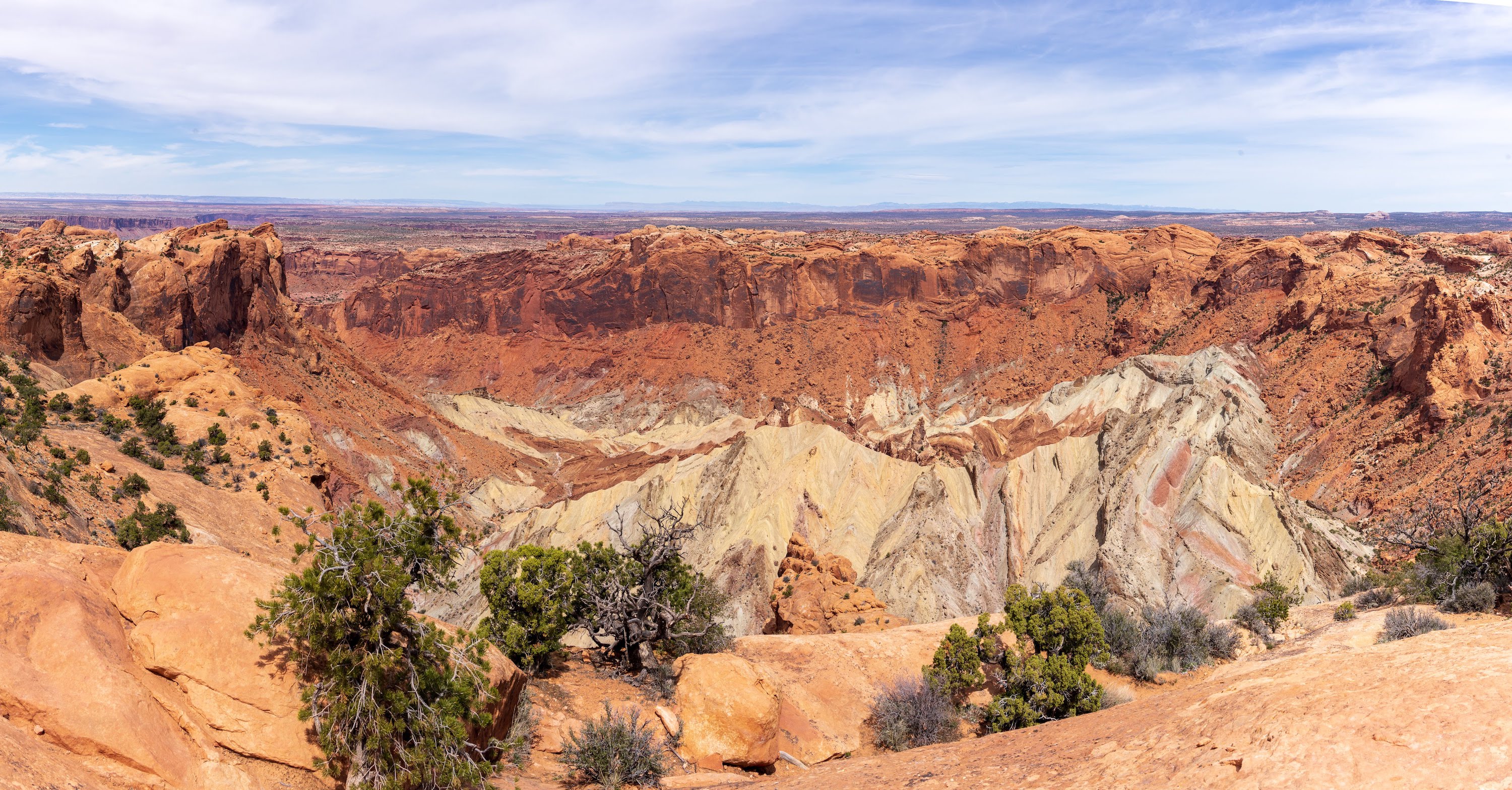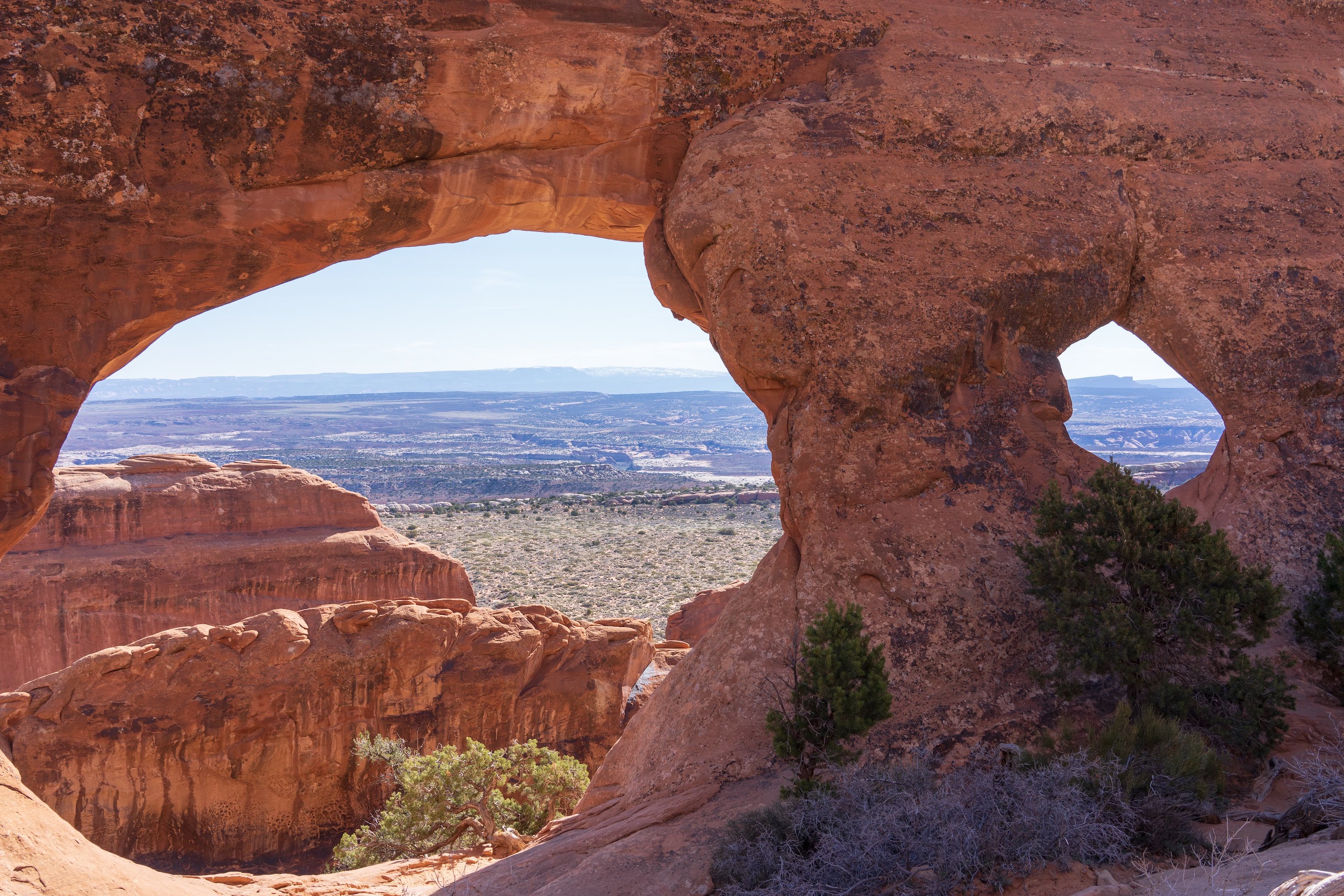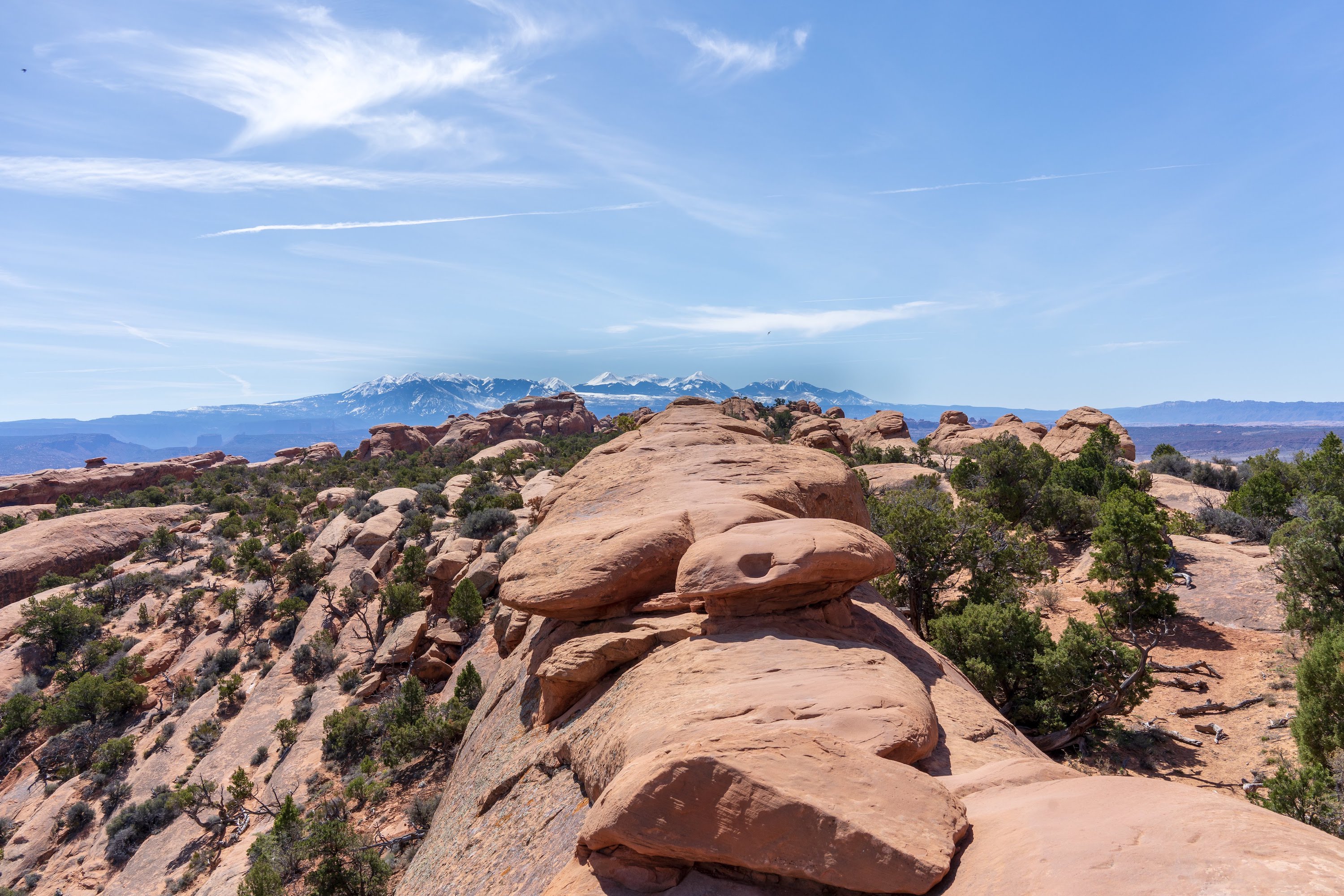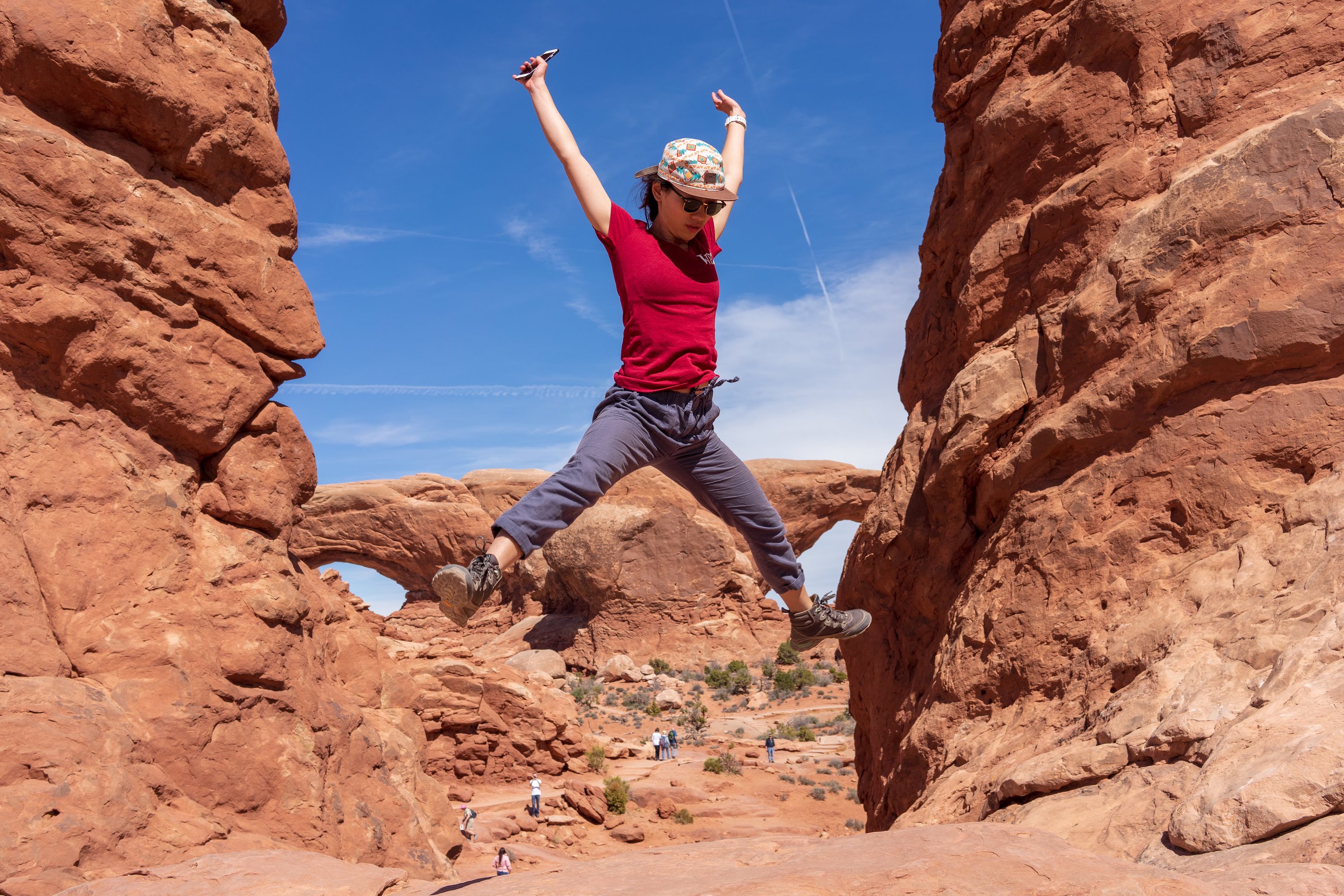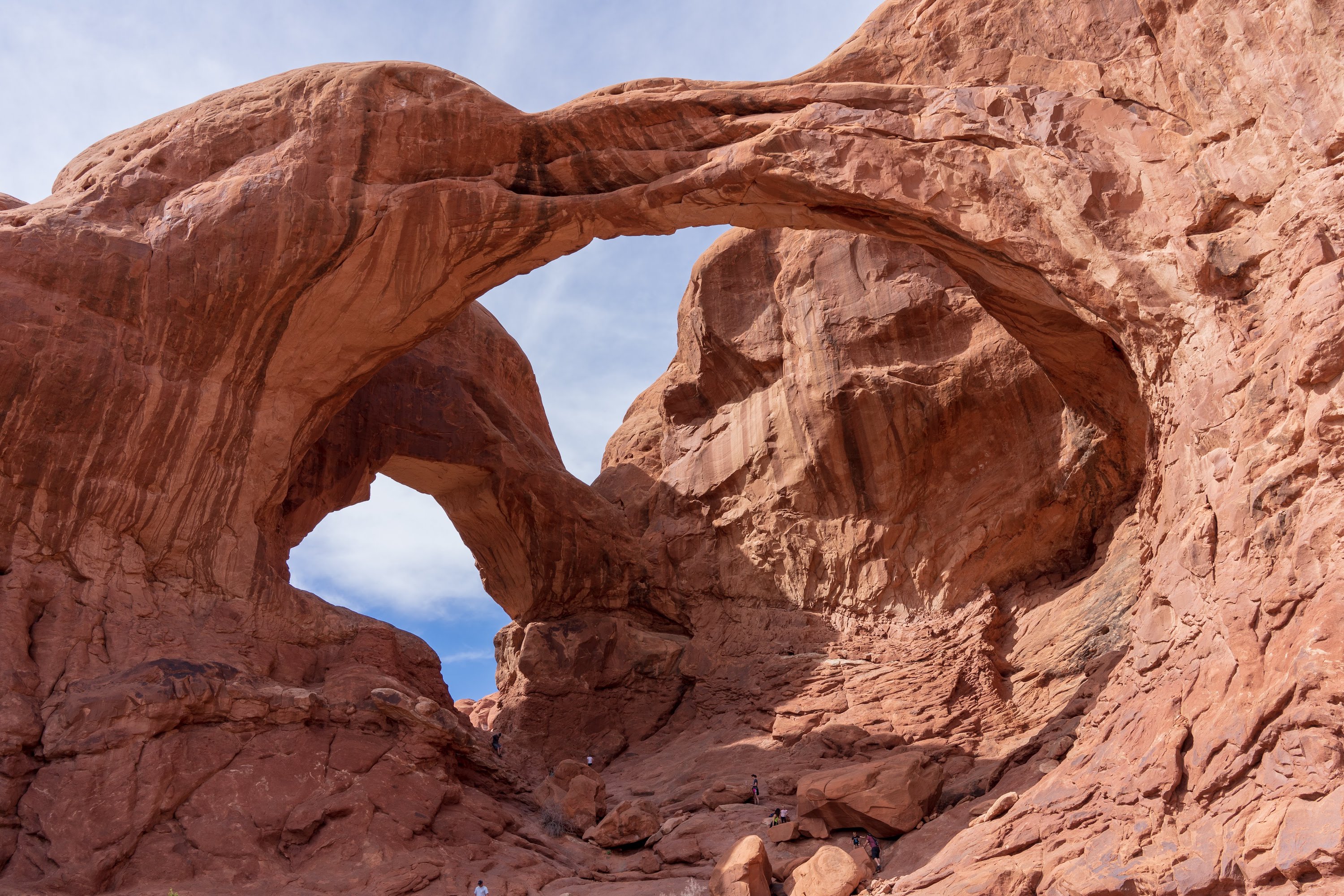Cross-posting a blog post I wrote for Flux Engineering Blog.
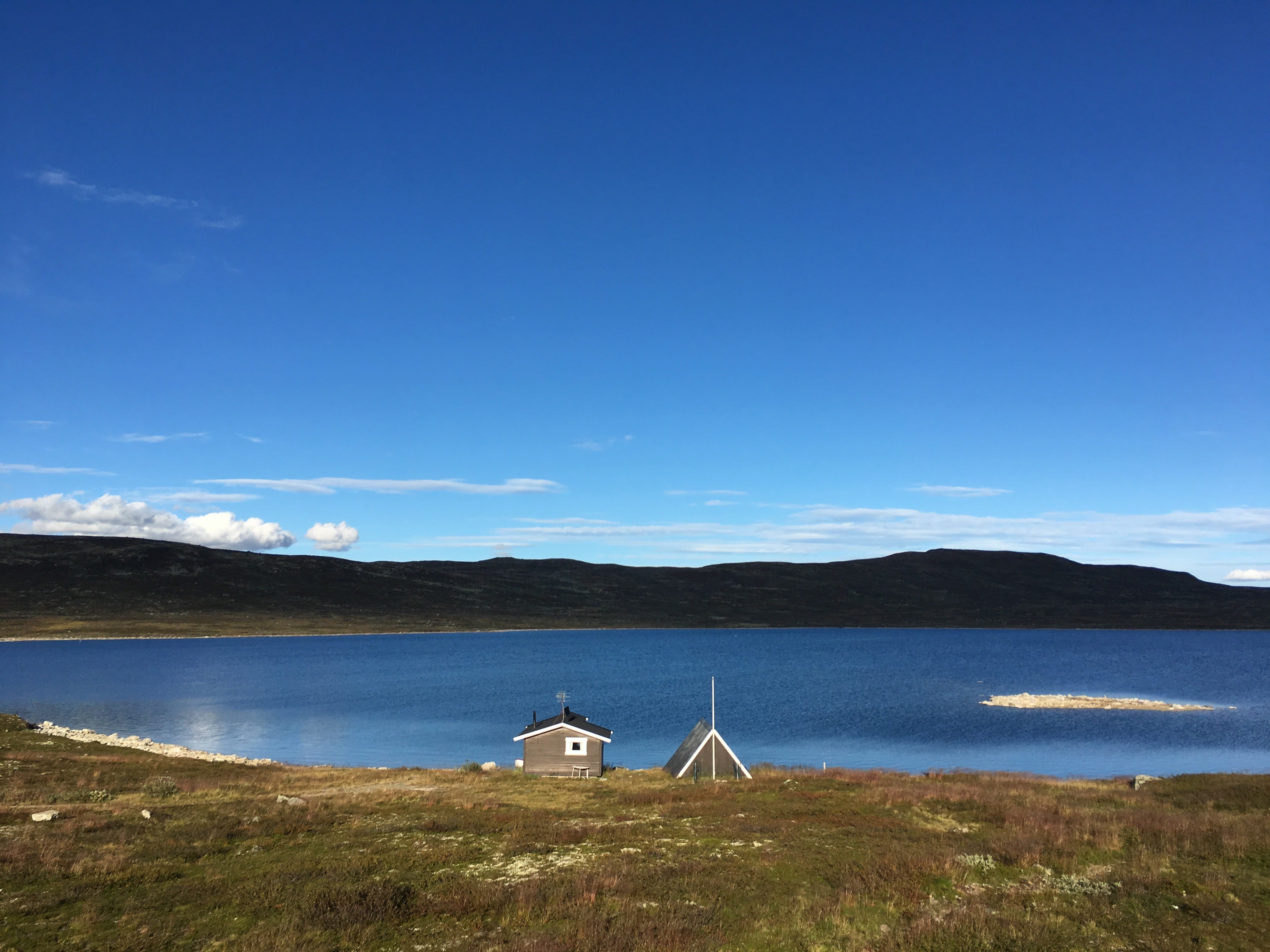
Flux started as a remote company, with Max and Nick in California and me in New York. We had known each other for a long time and decided to build Flux as a distributed company from day one. Now Flux has three offices: San Francisco, New York, and Portland.
We are often asked how we handle the remote situation because it’s not very common to see an early-stage startup so distributed. My one-sentence answer is to see it as an advantage.
There are some benefits we can easily see in distribution:
- Bigger talent pool. So you can hire people from multiple locations without needing them to move.
- Lower cost, to company and to individuals. Bay Area and NYC are notoriously expensive. Portland is much more affordable. One of our team members actually moved from SF to Portland. We are all glad Flux can provide such an opportunity for him.
But what about the shortcomings? Communication gaps? Hard to bond? Below I’ll talk about what we do to make a distributed teamwork. Some shortcomings can actually be turned to advantages if handled well. That’s why I say we should see distribution as an advantage.
Asynchronous By Default
As a tech company, a majority of our production activities are software development, which is usually done better when people can focus without too much “tapping on the shoulder”. A distributed team structure makes “asynchronous communication” our default mode.
One signature of asynchronous communication is to do daily standup on Slack. We use a bot from Standuply and named it “Standup Steve”. Everyone answers questions from the bot, and compiled answers are posted on a channel. In this way, we get the basic caught-up without the hassle of dialing in a crowded call for 15 minutes.
For a given development task, an initial discussion usually happens in a weekly meeting, which is the only default synchronous communication step that circulates info to get everyone up to speed. Most following work happens asynchronously: writing design documents, coding, reviewing, testing, shipping.
We still do quick calls spontaneously from time to time, but the default way is to communicate in non-interrupting ways such as comments on tickets, wiki, and pull requests.
The default asynchronous communication pattern also enables more flexible work hours. We tend to do more communication and real-time collaboration during the overlapping hours between east and west coasts, and treat non-overlapping hours (morning ET and late afternoon PT) as unofficial “quiet hours”. If someone wants to travel somewhere (like Hawaii) and work remotely, or someone sometimes has an odd cycle (like a real night owl), it can work well as long as they follow the rhythm and people know when to expect them online and open for calls.
A side bonus of asynchronous communication is more knowledge gets written down. It’s natural to write a self-explanatory document to initiate a discussion, which naturally becomes the document and keeps records of some considerations. For deeper tech design discussions, it’s often more efficient that way, because people need time to digest and think things through.
Connect as Human
Human is social. People build initial trust more easily by seeing each other and feel they spend time together. This is true for remote/distributed teams and is probably the biggest “obstacle” people have in mind for remote working. There are a few things we do in Flux to make sure we connect in a more human way, besides codes and documents.
For example, we always turn videos on when having meetings. Face time, even through video, is precious. And it helps convey emotion better and reduce misunderstanding. That’s why we often see intense arguments, sometimes irrational, happen in emails or comment threads, but video or in-person discussions rarely escalate as quickly. We also grow more aware of this “phenomenon” and would switch to video calls whenever some discussion on Slack gets complicated.
You can actually have fun on video calls. Last month we did our first “board game afternoon” on Zoom! We played Avalon with the help of a brilliant website Avalon.fun. It was an absolute blast! Games flew smoothly, so many fun moments!

We also do whole-company offsite! This week is the second time we gather from three cities to one place to spend a few days together. It’s useful to build initial connections and trust. And some “downtime” to connect outside work is invaluable in the long run. Flux is still small enough we can get everyone together and literally stay under one roof (a moderate house rental from Airbnb).
Last but not least, we have a few channels on Slack as our “water cooler” place, where we post funny stuff from internet or have casual chats. At this “family” stage, everyone knows everyone outside work. Personal details bond people together.



